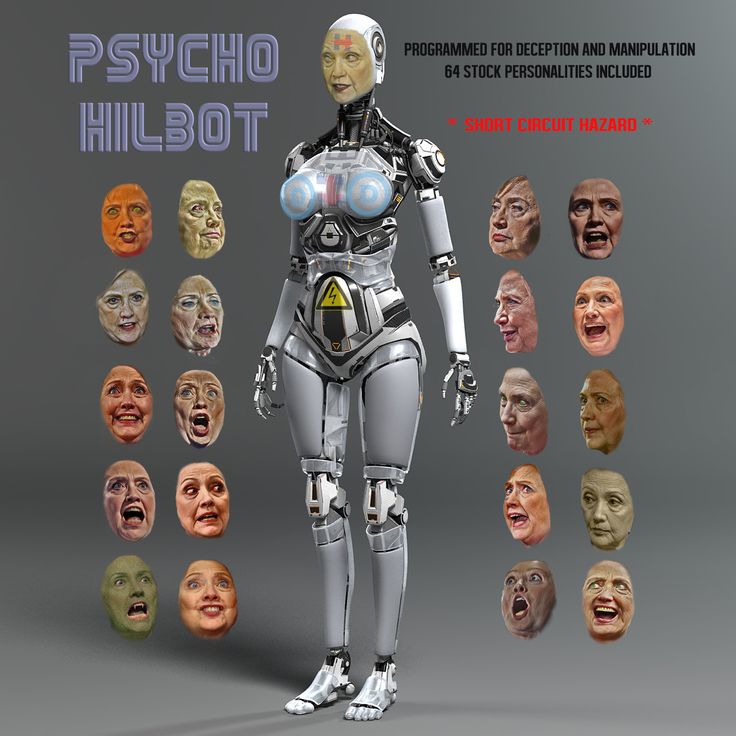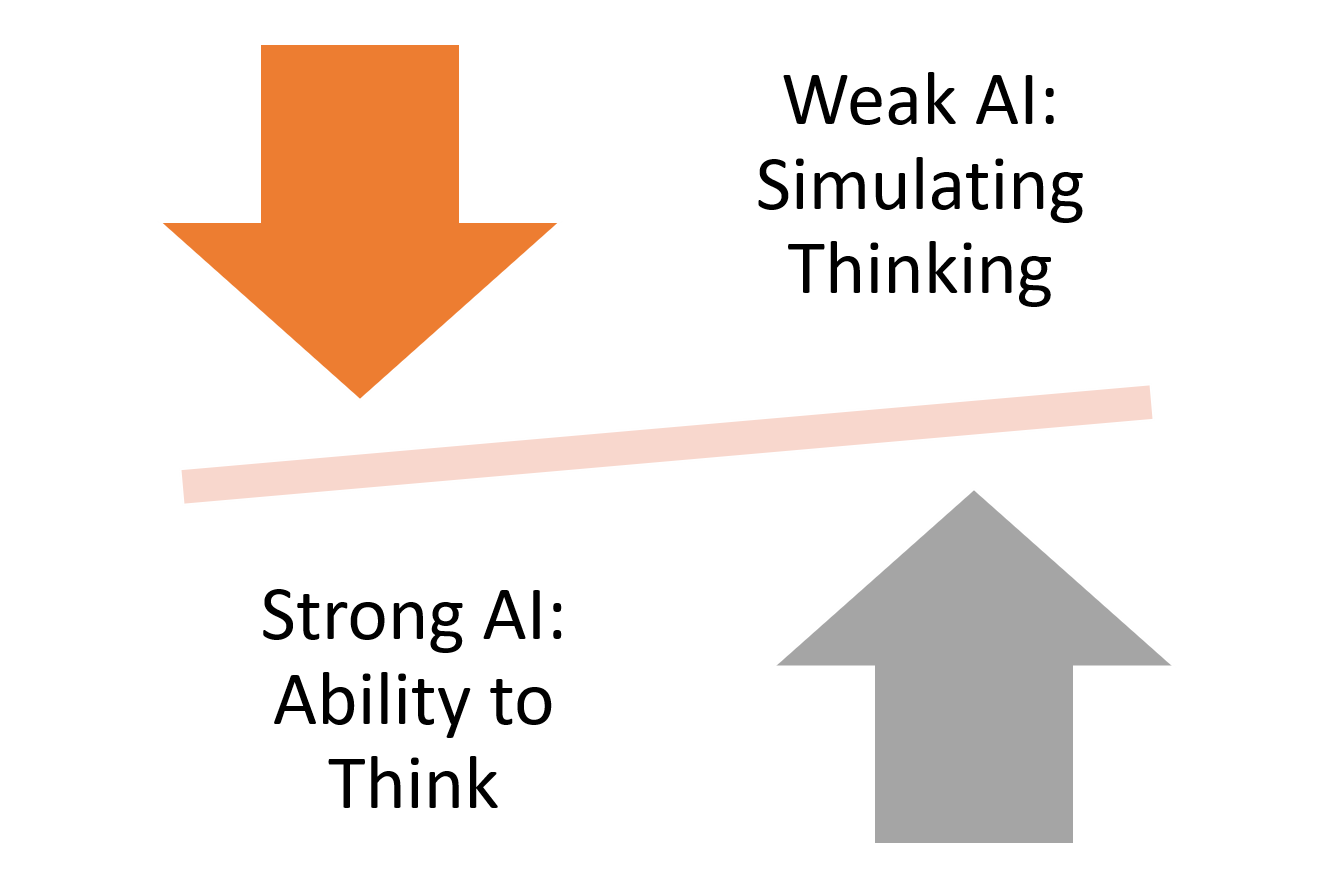
LSM is for long-stable memories cell. It is able to decrease the likelihood of exploding slopes and to learn long-term dependencies. Its application in neural networks has made it possible to apply it to many sequence learning problems including classification, regression, recognition, and classification. Below are a few examples of LSTM. You can find more information by reading the following. (* LSTM Explanation:
LSTM can be described as a memory-cell.
The LSTM is a type sigmoid-based neural network that represents memories. Typically, a LSTM consists just of two layers. These are the input and outgoing gates. The input gates read ht andXt input values, and output 0-1 and 1 for cells in their state. The output gates, also known as "gates", are the continuous connections.
It can alleviate exploding gradients
This issue causes large changes in loss between model updates and can cause weights to swell to extremely high levels during training. This problem is more severe if the error gradient for each layer and node is consistently greater than 1.0 during training. You can find best practices to help you solve this problem. Here are three suggestions:
It can be applied to a number of sequence learning problems
LSTMs can be used in many applications and are capable of solving many sequence learning problems. They are neural networks that have a memory capable of adapting to new situations and learning, as their name suggests. The authors of LSTM state that it is "uncomplicated to understand" and is ideally suited for learning from sequences. They say that LSTM has been successfully applied to a wide variety of sequence learning problems, including text-to-sequence translation.

It is based upon softmax activation
Softmax activation is a specialization of the logistic functions that convert input values into probabilities. This function can be applied on all data types, including negative and positively. You can also apply it to any value, even those between 0 and 1.
FAQ
Who is the inventor of AI?
Alan Turing
Turing was first born in 1912. His father, a clergyman, was his mother, a nurse. He excelled in mathematics at school but was depressed when he was rejected by Cambridge University. He began playing chess, and won many tournaments. After World War II, he was employed at Bletchley Park in Britain, where he cracked German codes.
1954 was his death.
John McCarthy
McCarthy was born on January 28, 1928. McCarthy studied math at Princeton University before joining MIT. He created the LISP programming system. He had already created the foundations for modern AI by 1957.
He died in 2011.
What does AI mean today?
Artificial intelligence (AI) is an umbrella term for machine learning, natural language processing, robotics, autonomous agents, neural networks, expert systems, etc. It's also known as smart machines.
Alan Turing, in 1950, wrote the first computer programming programs. He was intrigued by whether computers could actually think. In his paper "Computing Machinery and Intelligence," he proposed a test for artificial intelligence. The test asks whether a computer program is capable of having a conversation between a human and a computer.
John McCarthy, in 1956, introduced artificial intelligence. In his article "Artificial Intelligence", he coined the expression "artificial Intelligence".
Many types of AI-based technologies are available today. Some are very simple and easy to use. Others are more complex. They can be voice recognition software or self-driving car.
There are two main categories of AI: rule-based and statistical. Rule-based relies on logic to make decision. To calculate a bank account balance, one could use rules such that if there are $10 or more, withdraw $5, and if not, deposit $1. Statistical uses statistics to make decisions. A weather forecast may look at historical data in order predict the future.
Where did AI get its start?
Artificial intelligence was established in 1950 when Alan Turing proposed a test for intelligent computers. He suggested that machines would be considered intelligent if they could fool people into believing they were speaking to another human.
John McCarthy took the idea up and wrote an essay entitled "Can Machines think?" John McCarthy published an essay entitled "Can Machines Think?" in 1956. It was published in 1956.
What will the government do about AI regulation?
The government is already trying to regulate AI but it needs to be done better. They need to ensure that people have control over what data is used. Companies shouldn't use AI to obstruct their rights.
They need to make sure that we don't create an unfair playing field for different types of business. For example, if you're a small business owner who wants to use AI to help run your business, then you should be allowed to do that without facing restrictions from other big businesses.
What are some examples AI apps?
AI is used in many fields, including finance and healthcare, manufacturing, transport, energy, education, law enforcement, defense, and government. Here are a few examples.
-
Finance - AI has already helped banks detect fraud. AI can scan millions of transactions every day and flag suspicious activity.
-
Healthcare – AI is used in healthcare to detect cancerous cells and recommend treatment options.
-
Manufacturing – Artificial Intelligence is used in factories for efficiency improvements and cost reductions.
-
Transportation - Self-driving cars have been tested successfully in California. They are being tested in various parts of the world.
-
Utility companies use AI to monitor energy usage patterns.
-
Education - AI can be used to teach. Students can use their smartphones to interact with robots.
-
Government - Artificial Intelligence is used by governments to track criminals and terrorists as well as missing persons.
-
Law Enforcement - AI is being used as part of police investigations. Detectives can search databases containing thousands of hours of CCTV footage.
-
Defense - AI systems can be used offensively as well defensively. Artificial intelligence systems can be used to hack enemy computers. For defense purposes, AI systems can be used for cyber security to protect military bases.
How does AI function?
An artificial neural networks is made up many simple processors called neuron. Each neuron receives inputs and then processes them using mathematical operations.
The layers of neurons are called layers. Each layer has a unique function. The first layer receives raw data like sounds, images, etc. Then it passes these on to the next layer, which processes them further. The final layer then produces an output.
Each neuron also has a weighting number. This value gets multiplied by new input and then added to the sum weighted of all previous values. If the result is more than zero, the neuron fires. It sends a signal to the next neuron telling them what to do.
This process repeats until the end of the network, where the final results are produced.
Which industries are using AI most?
The automotive industry was one of the first to embrace AI. BMW AG uses AI as a diagnostic tool for car problems; Ford Motor Company uses AI when developing self-driving cars; General Motors uses AI with its autonomous vehicle fleet.
Other AI industries include banking, insurance, healthcare, retail, manufacturing, telecommunications, transportation, and utilities.
Statistics
- The company's AI team trained an image recognition model to 85 percent accuracy using billions of public Instagram photos tagged with hashtags. (builtin.com)
- A 2021 Pew Research survey revealed that 37 percent of respondents who are more concerned than excited about AI had concerns including job loss, privacy, and AI's potential to “surpass human skills.” (builtin.com)
- That's as many of us that have been in that AI space would say, it's about 70 or 80 percent of the work. (finra.org)
- While all of it is still what seems like a far way off, the future of this technology presents a Catch-22, able to solve the world's problems and likely to power all the A.I. systems on earth, but also incredibly dangerous in the wrong hands. (forbes.com)
- By using BrainBox AI, commercial buildings can reduce total energy costs by 25% and improves occupant comfort by 60%. (analyticsinsight.net)
External Links
How To
How to set up Amazon Echo Dot
Amazon Echo Dot (small device) connects with your Wi-Fi network. You can use voice commands to control smart devices such as fans, thermostats, lights, and thermostats. To listen to music, news and sports scores, all you have to do is say "Alexa". You can ask questions, make calls, send messages, add calendar events, play games, read the news, get driving directions, order food from restaurants, find nearby businesses, check traffic conditions, and much more. You can use it with any Bluetooth speaker (sold separately), to listen to music anywhere in your home without the need for wires.
An HDMI cable or wireless adapter can be used to connect your Alexa-enabled TV to your Alexa device. One wireless adapter is required for each TV to allow you to use your Echo Dot on multiple TVs. You can pair multiple Echos together, so they can work together even though they're not physically in the same room.
Follow these steps to set up your Echo Dot
-
Turn off your Echo Dot.
-
You can connect your Echo Dot using the included Ethernet port. Make sure to turn off the power switch.
-
Open Alexa on your tablet or smartphone.
-
Choose Echo Dot from the available devices.
-
Select Add New Device.
-
Choose Echo Dot among the options in the drop-down list.
-
Follow the instructions on the screen.
-
When asked, enter the name that you would like to be associated with your Echo Dot.
-
Tap Allow access.
-
Wait until Echo Dot connects successfully to your Wi Fi.
-
For all Echo Dots, repeat this process.
-
Enjoy hands-free convenience!